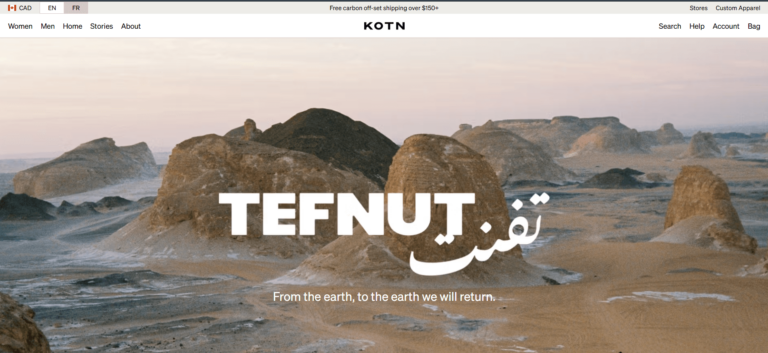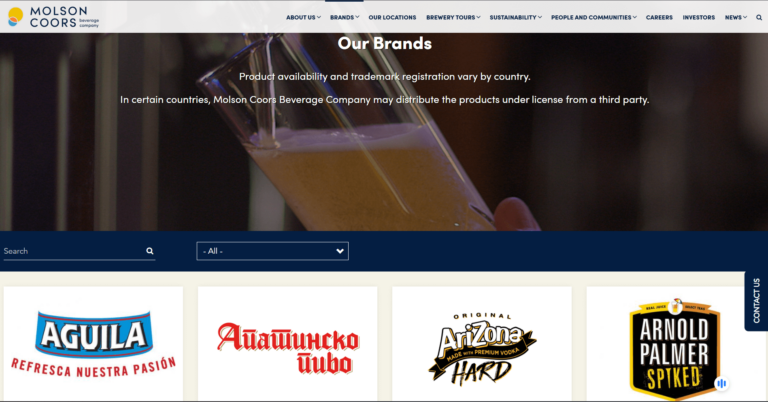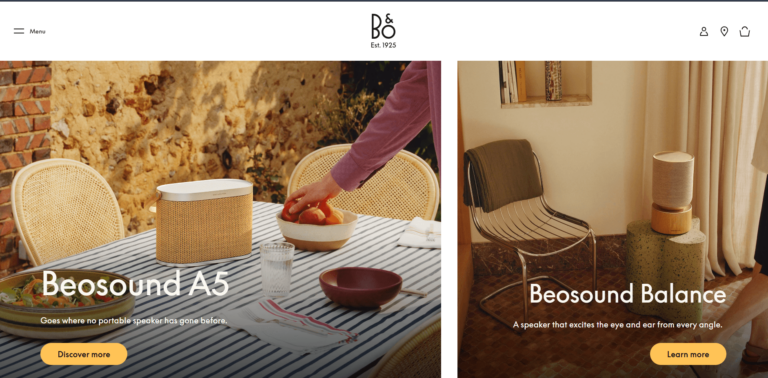Greetings! I'm Aneesh Sreedharan, CEO of 2Hats Logic Solutions. At 2Hats Logic Solutions, we are dedicated to providing technical expertise and resolving your concerns in the world of technology. Our blog page serves as a resource where we share insights and experiences, offering valuable perspectives on your queries.

QUICK SUMMARY
Headless commerce separates the front-end presentation layer from the back-end commerce functionality, giving businesses unprecedented flexibility to create unique customer experiences. Top use cases span retail, B2B, subscription services, and more, with benefits including faster innovation, omnichannel consistency, and improved performance.
Ever felt stuck with an e-commerce platform that just can’t keep up with your business vision? You’re not alone. As someone who’s guided dozens of companies through digital transformations, I’ve seen firsthand how traditional commerce platforms can become more of a hindrance than a help.
That’s where headless commerce steps in and it is transforming how businesses sell online.
But what exactly makes headless commerce so powerful, and which industries are benefiting most? Let’s dive in.
What is Headless Commerce?
Headless commerce separates the front-end presentation layer (what customers see) from the back-end functionality (your e-commerce engine). This decoupling gives businesses incredible flexibility to create unique customer experiences while maintaining robust commerce capabilities.
The Headless Difference: A Side-by-Side Comparison
| Traditional Commerce | Headless Commerce |
| Tightly coupled front and back-end | Separated front and back-end |
| Limited customization | Unlimited customization potential |
| Slower time-to-market for changes | Rapid deployment of new features |
| One-size-fits-all approach | Tailored experiences for each channel |
| Template-driven design | Creative freedom in design |
Top Headless Commerce Use Cases by Industry
Discover how separating your customer-facing experience from your back-end systems can transform your business across multiple industries.
1. Retail and Fashion
The fashion industry moves at lightning speed, and headless commerce helps brands keep pace.

Real-world example: Kotn, an ethical clothing retailer, moved to a headless architecture to create immersive product storytelling while maintaining fast checkout experiences. Their conversion rate increased by 37% after the switch.
Key benefits for fashion retailers:
- Create visually stunning product displays without sacrificing performance
- Launch seasonal campaigns quickly without reworking the entire site
- Integrate social shopping seamlessly across platforms
- Implement AR/VR try-on experiences
2. Food and Beverage
Hungry for better digital experiences? Food and beverage companies are embracing headless commerce to satisfy customer cravings.

Real-world example: Molson Coors implemented a headless solution that powers multiple brand sites from a single back-end, creating unique brand experiences while simplifying operations.
Key benefits for F&B companies:
- Build custom subscription models for recurring orders
- Create location-based experiences (like local menu variations)
- Develop interactive product configurators (build-your-own pizza, customize your coffee)
- Implement real-time inventory for perishable items
3. B2B Manufacturing
B2B transactions are complex, but headless commerce makes them smoother.
Real-world example: MSC Industrial Supply transformed their digital presence with a headless approach, creating personalized catalogs and pricing for different customer segments while maintaining a single source of truth.
Key benefits for B2B manufacturers:
- Create tailored portals for different customer tiers
- Implement complex pricing models and bulk ordering
- Integrate with ERP and inventory management systems
- Support complex product configurations
Pro Tip: When implementing headless commerce for B2B, focus first on the ordering experience rather than the marketing pages. B2B customers value efficiency in the purchase process more than flashy visuals.
4. Consumer Electronics
Tech companies need tech-forward commerce solutions.

Real-world example: Bang & Olufsen uses headless commerce to create immersive product showcases that highlight the technical specifications and design philosophy behind their premium audio equipment.
Key benefits for electronics retailers:
- Create interactive product comparisons
- Develop 3D product visualizations
- Implement guided selling based on customer needs
- Seamlessly integrate product support and documentation
5. Health and Beauty
Beauty is in the eye of the beholder and the flexibility of your commerce platform.

Real-world example: Beauty Bay implemented a headless approach to support rich content alongside commerce, helping customers find the right products through educational content and personalized recommendations.
Key benefits for health and beauty brands:
- Create personalized product recommendations
- Develop virtual try-on experiences
- Build interactive skincare/health questionnaires
- Support content-rich educational experiences
6. Subscription Services
The subscription economy demands flexibility that traditional platforms struggle to provide.

Real-world example: The Honest Company uses headless commerce to power their subscription model, allowing customers to easily modify their recurring orders across multiple channels.
Key benefits for subscription businesses:
- Implement complex subscription models with flexible delivery schedules
- Create seamless account management across devices
- Support bundle-building experiences
- Enable easy subscription modifications
Ready to Transform Your Digital Commerce Experience?
7. Digital Products and Services
Selling digital goods requires specialized commerce capabilities.
Real-world example: Headless WordPress uses a headless approach for their own service offerings, creating a seamless experience from discovery to purchase to implementation.
Key benefits for digital product companies:
- Create seamless delivery of digital products after purchase
- Implement sophisticated licensing and access models
- Support freemium models with upgrade paths
- Integrate with digital rights management systems
Pro Tip: When implementing headless for digital products, invest in robust API rate limiting and security measures. Digital products are particularly vulnerable to scraping and unauthorized access attempts.
Implementation Considerations: Getting Started with Headless
Ready to go headless? Here’s what to consider:
- Assess your current stack: Identify which systems need to integrate with your commerce platform
- Choose your commerce engine: Options include Commercetools, BigCommerce, Shopify Plus, and more
- Select your front-end approach: From frameworks like Next.js to site builders like Builder.io
- Plan your content strategy: Consider a headless CMS like Contentful or Sanity
- Build your integration layer: API management is crucial for headless success
Ready to Explore Headless Commerce for Your Business?
The headless approach isn’t just a trend, it’s becoming the standard for forward-thinking businesses. As technologies like AI, AR/VR, and IoT continue to evolve, headless commerce provides the flexibility to incorporate these innovations without rebuilding your entire platform.
At 2HatsLogic, we’ve helped dozens of companies successfully transition to headless commerce.
Whether you’re just starting to research headless commerce or you’re ready to make the switch, our team of experts can guide you through the process.
Let’s talk about your headless commerce journey and discover how this approach can transform your business.
FAQ
Is headless commerce only for large enterprises?
While early adopters were primarily enterprise companies, headless solutions are increasingly accessible to mid-market businesses. The key is finding the right implementation approach for your scale.
How much development expertise do we need to go headless?
The level of expertise needed depends on your approach. Some headless solutions now offer low-code front-ends, while others require significant development resources. A partner like 2HatsLogic can help bridge any expertise gaps.
Will headless commerce improve our site performance?
When implemented correctly, headless architecture typically delivers significant performance improvements, especially in mobile and progressive web app contexts.
How does headless commerce affect SEO?
Headless implementations require careful attention to SEO, but when done right, they can actually improve your search rankings through better performance and user experience.
What's the typical ROI timeframe for headless commerce?
Most businesses see ROI within 6-12 months through improved conversion rates, higher average order values, and reduced development time for new features.

Related Articles






